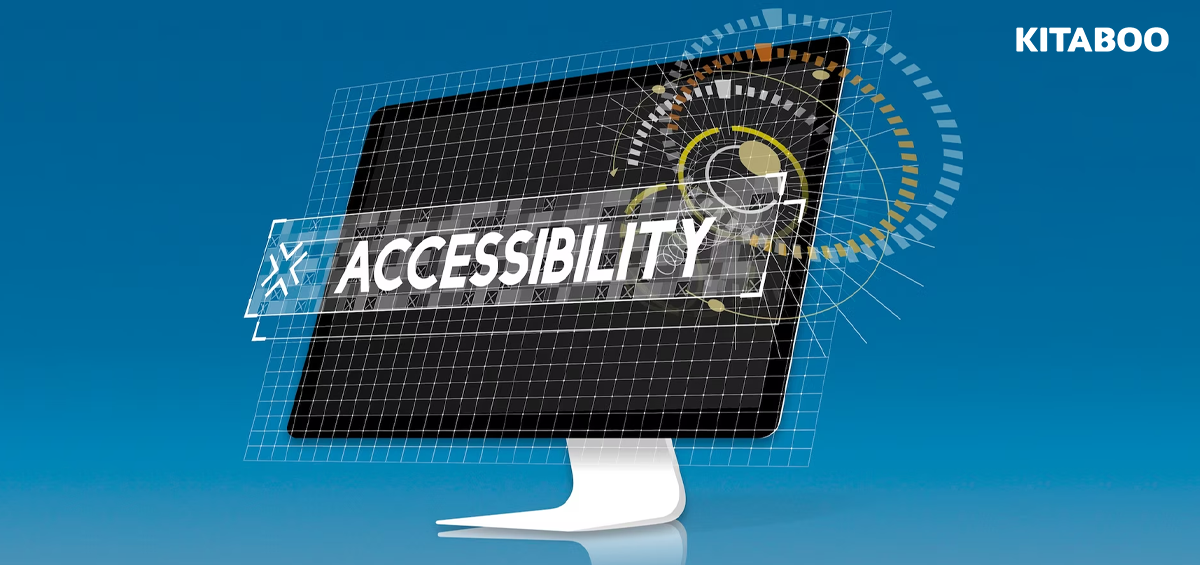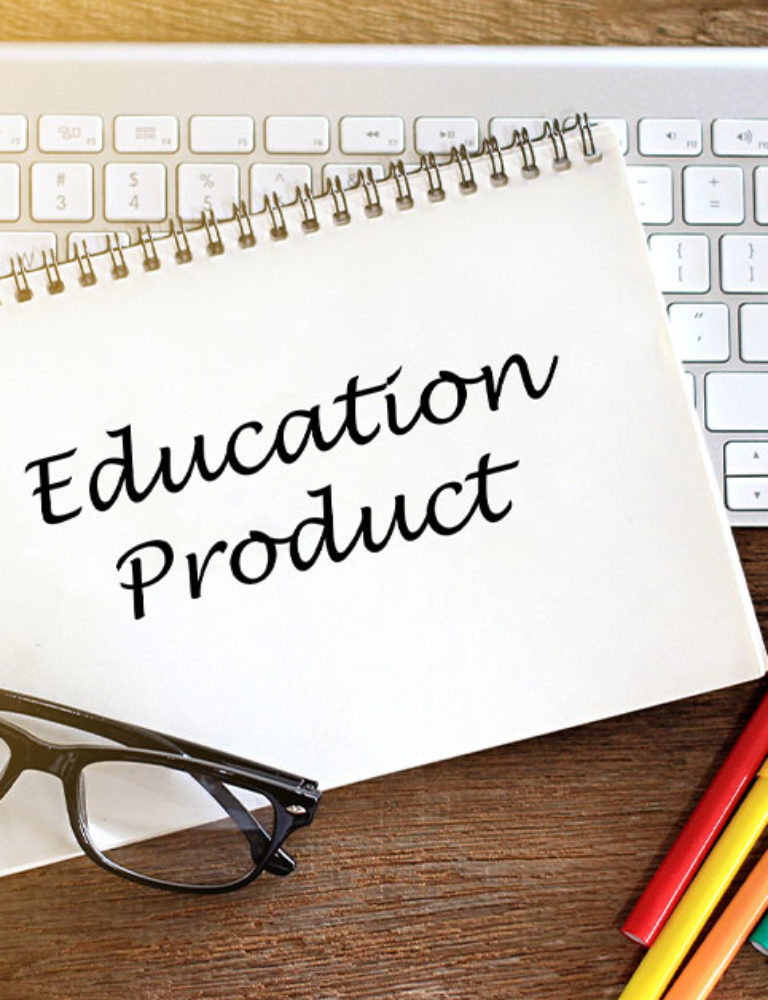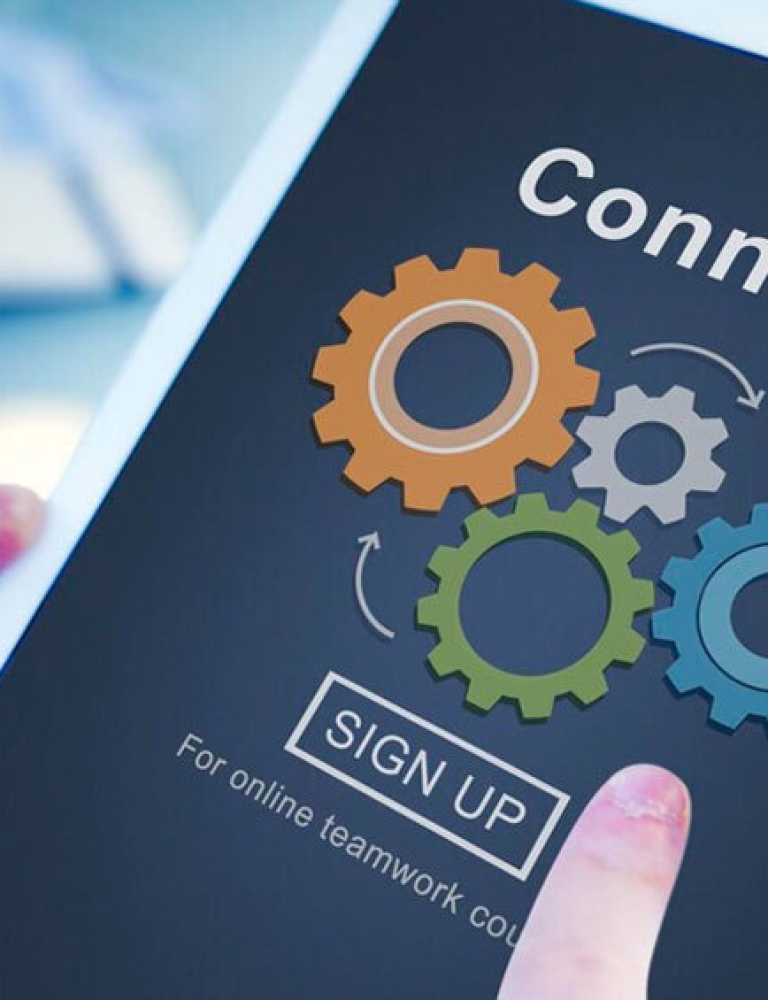As per UNICEF, nearly 50% of children with disabilities are not enrolled in school.
Mostly, it is the lack of proper resources that restricts students with disabilities or special needs from being accommodated in a general classroom. This presents a major hindrance in establishing a healthy, inclusive learning environment.
But, it’s 2024. Today, technology has advanced. So much so that we have many cutting-edge solutions at our disposal to solve the grave problems of society. In this case, too, we have one – accessibility features.
These features are not limited to learning. Even in the case of eBooks, accessibility features like bookmarking, annotations, or text highlighting – all of which are offered by KITABOO – make life easier for the disabled ones.
So, in this blog, we shall learn all about them – what are accessibility features, discuss some top ones, and how we can use them to create inclusive learning experiences. Let’s start!
Table of Contents:
I. What are Accessibility Features?
II. 7 Powerful Accessibility Features for the Education Sector
- Alternative Text (Alt Text)
- Captions and Subtitles
- Text-to-speech (TTS)
- Screen Readers
- Voice Recognition
- Braille Display
- Alternative Input Devices
III. How Can Accessibility Features Create Inclusive Learning Experiences?
- Cater to Diverse Learning Styles
- Personalized Support
- Increased Independence
- Equal Access
- Skill Development
IV. Wrapping Up
What are Accessibility Features?
Accessibility features refer to special design elements, tools, software, or hardware that are incorporated into products or services to make them accessible to people with disabilities. They do so by understanding the special needs of disabled individuals and using apt technology to resolve them.
Some of the most important accessibility features available today are alt text, keyboard navigation, captioning, text-to-speech, voice recognition, Braille displays, etc.
The main focus of these features is to foster inclusivity and make essential facilities accessible to all. This includes making sectors like education, healthcare, sports, public services, and others more comprehensive for the specially-abled.
7 Powerful Accessibility Features for the Education Sector
Accessibility features are extremely prevalent. So much so that knowingly or unknowingly, we all must have encountered some of them either in social media, games, or apps.
But today, let’s talk about them in-depth, especially the ones practical for the education sector:
Alternative Text (Alt Text)
Alternative Text, or “Alt Text,” is the descriptive written text provided for visual graphics and multimedia content, like images. They are highly useful for students with visual impairments as they describe the visual content in words.
Other significant text-related accessibility features are text highlighting, text search, and annotation that platforms like KITABOO offer to their readers.
Captions and Subtitles
Much like Alt Texts, captions, and subtitles refer to the written content provided with videos. For individuals with hearing disabilities or language barriers, they are an immensely important accessibility feature.
Text-to-Speech (TTS)
Text-to-speech is an accessibility tool that converts spoken words into written text. It can be used in several ways to foster learning and is highly useful for students with dyslexia, visual impairments, or mobility issues.
Screen Readers
Screen readers are yet another powerful accessibility tool. In practicality, it’s software that reads out the on-screen written content.
So, it can be used to demonstrate a concept to students with eyesight issues. Likewise, platforms like KITABOO offer a unique “read aloud” feature to help readers listen to written content.
Voice Recognition
Voice recognition is an advanced software. It mainly involves using audio or the voice of an individual to control the computer. It can prove to be useful for students with mobility or eyesight disorders.
Braille Display
Braille refers to the writing system used by people suffering from eye conditions.
Thus, a Braille display is an accessibility software that converts digital text into Braille to make it understandable for people with eyesight issues.
Alternative Input Devices
Alternative input devices are a range of specially designed hardware devices.
They include joysticks, mouth sticks, alternative keyboards, touchscreen with tactile feedback, etc., and are aimed at helping people with motor disabilities.
How Can Accessibility Features Create Inclusive Learning Experiences?
In education, inclusivity is amongst the most crucial stepping stones to development. And with the help of accessibility features, it can be achieved. Let’s see how:
Cater to Diverse Learning Styles
Disability is of many types. This is why not one or two but hundreds of potent accessibility features, software, and devices are available today.
Each of them is designed in a way that collectively caters to the many diverse learning styles of students with special needs and establishes equity.
To put it in perspective, Braille displays are exclusively meant for students with vision-related issues, and subtitles are helpful for those with hearing issues, and so on.
Personalized Support
Most of the major accessibility features and tools offer personalized support to their users. For instance, voice recognition, text-to-speech, Braille display, etc.
It’s crucial for students with specific accommodations as it makes learning practical and easier for them. But more than that, this personalization factor also makes the entire learning process more engaging and understandable for them.
Thus an overall inclusive learning experience.
Increased Independence
Accessibility features are empowering. They instill a sense of independence in the lifestyle of students with disabilities. With their support, a learner with special needs won’t have to go the extra mile to make learning practical.
These tools and software already cater to all their special needs and, in fact, don’t even require any special assistance for use – for instance, the ones offered by platforms like KITABOO. This significantly boosts inclusivity.
Equal Access
As the name goes, accessibility features provide equal access to every student in the classroom.
Even if a particular student is physically or mentally disabled, these software and devices ensure they receive all the learning material and resources tailor-made according to their special needs.
This accelerates accessibility and also promotes uniform learning in the class.
Skill Development
There’s no point in being inclusive if the inclusivity fails to cultivate useful skills in the specially-abled. But with accessibility features, this is never a problem.
Just like a regular student, a student with a disability can also access knowledge and skills with the help of these tools and devices. Thus, picking up a skill at par with a normal student is possible. So, these features foster inclusivity that is of use.
Wrapping Up
Accessibility features are the key to achieving inclusivity in education. They are powerful, practical, and easy to navigate – everything someone with a disability would ever need.
With their proper application, these tools can foster a learning environment that is comprehensive and genuinely productive for every single student.
In this blog, we broke down the many facets of accessibility features and elaborated on how they can establish inclusive learning experiences.
For more such interactive, futuristic content and solutions, check out KITABOO – the leading digital textbook platform.
Contact our expert team now and get started!
To know more, please write to us at KITABOO@hurix.com.
Suggested Reads:
Discover How An Ebook Conversion, Publishing & Distribution Platform Can Help You
Kitaboo is a cloud-based content platform to create-publish & securely distribute interactive mobile-ready ebooks.
You May Also Like








